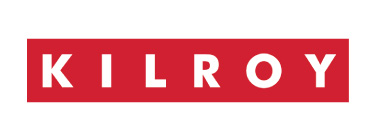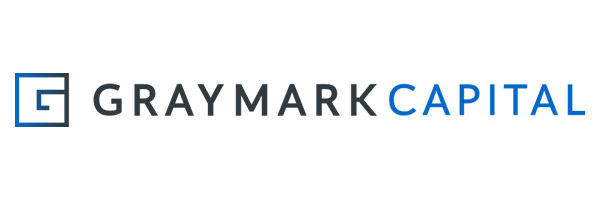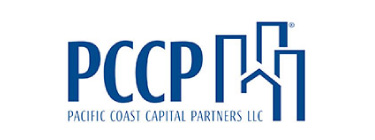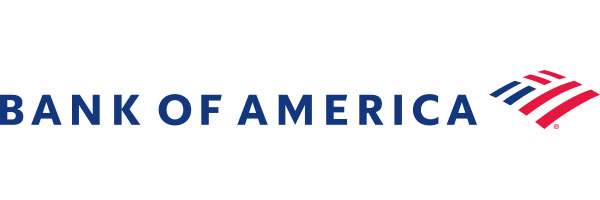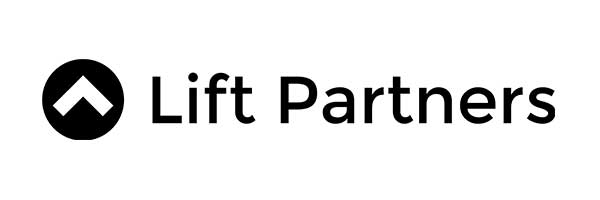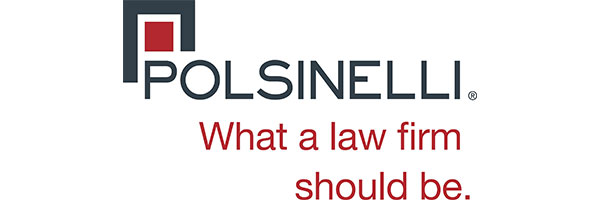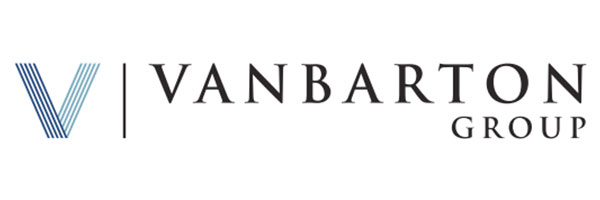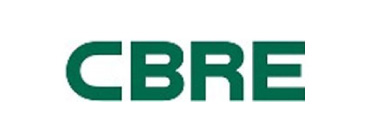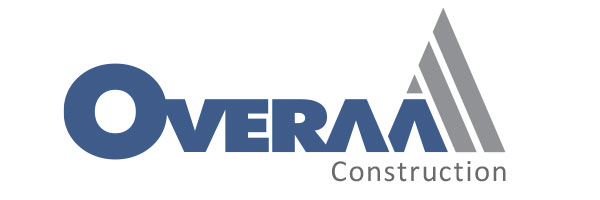ZOOM-IN Webinar Recap: The Impact of the COVID-19 Crisis on Commercial Real Estate Debt Markets

NAIOP SFBA’s third weekly ZOOM-IN webinar: The Impact of the COVID-19 Crisis on Commercial Real Estate Debt Markets took place on Thursday 4/23 with a virtual crowd of over 100 participating. Jordan Angel, Managing Director, JLL moderated a top notch panel with representatives of three different types of lenders all active in the market and managing large books of business. Panelists included Jake Lehmkuhl, Executive Vice President, California Bank & Trust, John Lippmann, Head of Structuring, New York Life Real Estate Investors and Chris Tokarski, Founder and Managing Director, ACORE Capital.
In addition to providing insights into how the COVID-19 is impacting their businesses and how they are helping borrowers navigate the crisis, panelists shared a glimpse into how they are managing personally. Lehmkuhl pointed out that he looks different than his headshot having decided to grow out his beard. He also shared that he is dropping fiber at this house to improve speed. Tokarski, who said he has already had COVID with mild systems, is squeezing in a mountain bike ride or run in between his busy schedule of calls with investors, borrowers, originators and asset managers. Lippmann gave a shout out to those on the ground working in the buildings and safely working the assets.
NAIOP SFBA Members Click here to view the program in its entirety and find a brief overview of key discussion points below:
1.How debt funds respond based on how they are financed
A-Note
• Require approval from bank or insurance co to make decisions
• More or less term financing
• Have time to work out problems with default
Collateralized Loan Obligation (CLO)
• Generally has time to work out problems
• Eventually CLO will start grabbing cash and sweeping down leverage
REPO
• Started causing problems
• Spills over into mortgage REITS
2. How are panelists’ companies financed?
Acore
• Less of a debt fund than most think
• 85% Insurance Companies / 15 % debt fund
New York Life
• Real estate allocation
• Debt Fund
California Bank & Trust
• Better prepared this time (carrying more capital)
• Big jumps in reserves (regulatory and accounting driven)
3. What are you currently seeing in the debt market?
Lehmkuhl
• Focus on asset management
• Has significant pipeline of new deals (some self-selecting out)
• Underwriting has shifted – competition based
• Spreads have widened, structures improved, leverage gone down.
• Categorizes most deals as an equity risk so you have to price appropriately
• Herculean effort to handle SBA Loans – contributed of half of his team
• Expects to see the Main Street Lending Program to follow behind
Lippmann
• Cautious lending in this environment
• Risk premium due to lack of transparency and leasing velocity
• Conservative underwriting and structuring approach
4. How are you thinking about rewriting business plans given when no one know what short and long term rents demand?
Tokarski
• Very little new loan activity for next 3 – 6 months
• More attractive to buy loans on the secondary market with higher yield
Lippmann
• See no reason to stretch for yield in this environment
• If they are comfortable with the story than they can be open for business
5. Have you changed your thoughts on libor floors?
Tokarski
• Would quote a new loan today with a higher libor floor
• Without libor floors that are real we can’t hit the target returns we are paid to hit
Lippmann
• See value in libor floors
• Agrees with Tokarski about returns
6. Asset Management – How do you expect good borrowers to behave?
Lippmann
• Expect them to treat us in a candid and informed way
• Be forthright about the position of the asset - leasing and collections
• There is no excuse in a professionally managed asset to be less than transparent
Lehmkuhl
• Good news travels fast - bad news should travel faster
• Be overly transparent
• First and quick decision is usually the best decision
• Refrain from asking for something just to see if they can get it
Tokarski
• The best behaved borrowers called a month ago and we were able to accommodate them before the April payment
• Separated asked into priority piles “A” and “B” based who paid April payment
7. What types of solutions have you implement?
Tokarski
• Most common request – to defer interest for three months (based on publicity Fannie and Freddie got)
• Vast number of requests from hotels – needs to make sure borrower has capital for negative carrying costs in addition to debt service and is committed long term
• Ideally puts six month plan together (unhealthy and expensive to rework every 60 or 90 days)
Lehmkuhl
• In the calm before the storm
• On retail side seeing borrowers paying (to be in pile “A”)
• April collections solid
• Request relatively limited so far
• Principal deferment much easier than interest (when there is enough cash flow or liquidity to do it)
Lippmann
• Actively managing requests
• Agrees some things easier to defer than others
• Doing analysis on what is really going on with the asset
• Positioning asset to recover when liquidity and leasing pace recover
• Not giving away things just to give away things
8. Have you signed up any deals in the last three weeks?
Lippman
• Actively quoting deals thought fewer
• Rebuilding pipeline from last week in March when spreads blew out
• Further along in the stabilized market
• Will take longer for transitional lending market due to lack of transparency
Tokarski
• Focused on buying loans rather than originating new ones
• Sellers are selling their better loans with higher coupons or better structures
Lehmkuhl
• Still active with decent pipeline
• Some deals moving slowly or delayed
• Most of focus on existing customer base
NAIOP SFBA members can watch a recording of the webinar here









